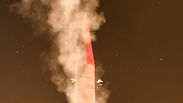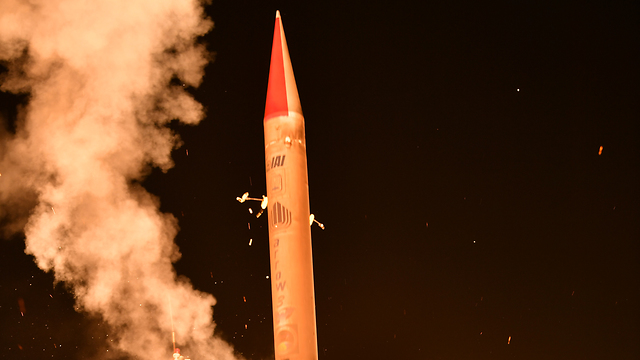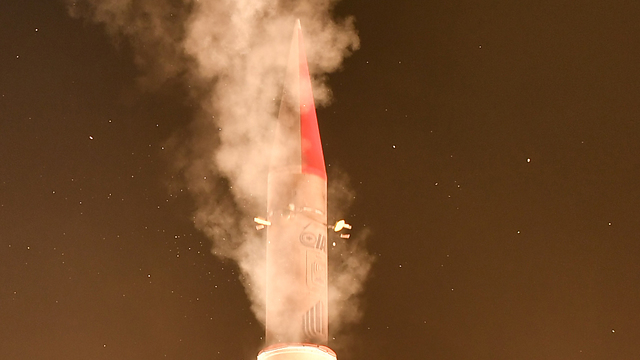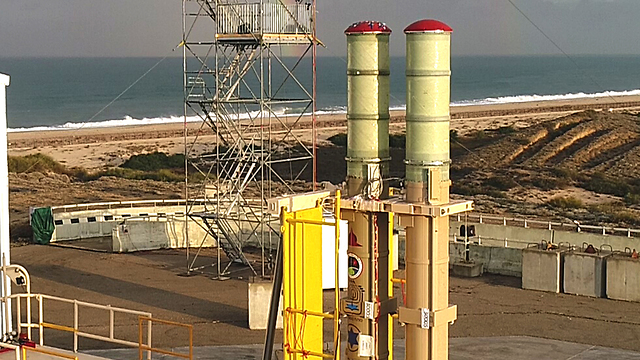According to the Defense Ministry’s announcement, the trial of the system, which is designed to intercept ballistic missiles outside the earth’s atmosphere, was concluded successfully after it was finally launched at 2:30am following two cancellations between December and January.
The latest test was conducted at a test site in central Israel and was led by Israel Aerospace Industries (IAI) in collaboration with the Israeli Air Force.
With the successes registered on a simulated target, the experiment will enable the Defense Ministry to carry out a series of similar but larger scale interception tests above giant land masses in unpopulated areas in Alaska in the US later in the year. Due to insufficient landmass, Israel is restricted in the scope of its experiments.
“If there was a real target there it would have hit it,” explained an official in the Defense Ministry. “We wanted to focus on the requirements for the approval of experiments in Alaska. We didn’t incorporate into it a genuine target in order to stick to the deadline. Each weapon system has been proven in this experiment.”
Deputy Director of the IAI, which manufactured the Arrow-3 system, and the general manager of company’s Missile and Space Systems Division, Boaz Levy praised the successes after the two previous disappointments in which the defense establishment was forced to declare “no test.”
“The missile fully completed its flight path and if there had been a real target, it would have hit it,” Levy said, basing his conclusions on how the system responded.
“During the experiment, the interceptor simulated a fully operational scenario. It completed its journey as if there was a real target. We fully completed the goals we set for ourselves before the experiment in Alaska,” he added.
In the coming weeks, the Israel Missile Defense Organization of the Directorate of Defense Research and Development at Israel’s Defense Ministry, is expected to carry out another experiment of an upgraded system after the two last-minute cancellations.
In December last year, the defense establishment halted what was supposed to be the highest altitude missile test for any Israeli weapons system so far after the Sparrow target missile, launched into space from an F-15 fighter over the Mediterranean Sea, did not behave according to plan.
Then in January this year, Israel called off yet another test citing a communications malfunction which prevented the transfer of information between the system’s components.
Finally launched from the Palmahim Air Force Base over the Mediterranean Sea, the experiment used a “Sparrow” missile due to its low fragment level to reduce endangering high air and sea traffic in the area.
Moreover, due to concerns that fragments may have been propelled toward inhabited areas in Israel during the trial, the experiment was unable to simulate a hit on the type of advanced missiles which are currently being developed in Iran for future use.
The system has already been tested in the US, but Israeli officials hope that the trials in Alaska will offer a more definitive confirmation of the country's future defense capabilities against Iranian developments of highly accurate missiles after they have traveled distances of up to 2000km.
The Arrow Weapon System is a major element in Israel’s multi-layered defense array based on four layers: the Iron Dome, David’s Sling, and the Arrow-2 and Arrow-3 systems.
Arrow-3 interceptors were delivered to the Israeli Air Force in January 2017 for operational use.




















